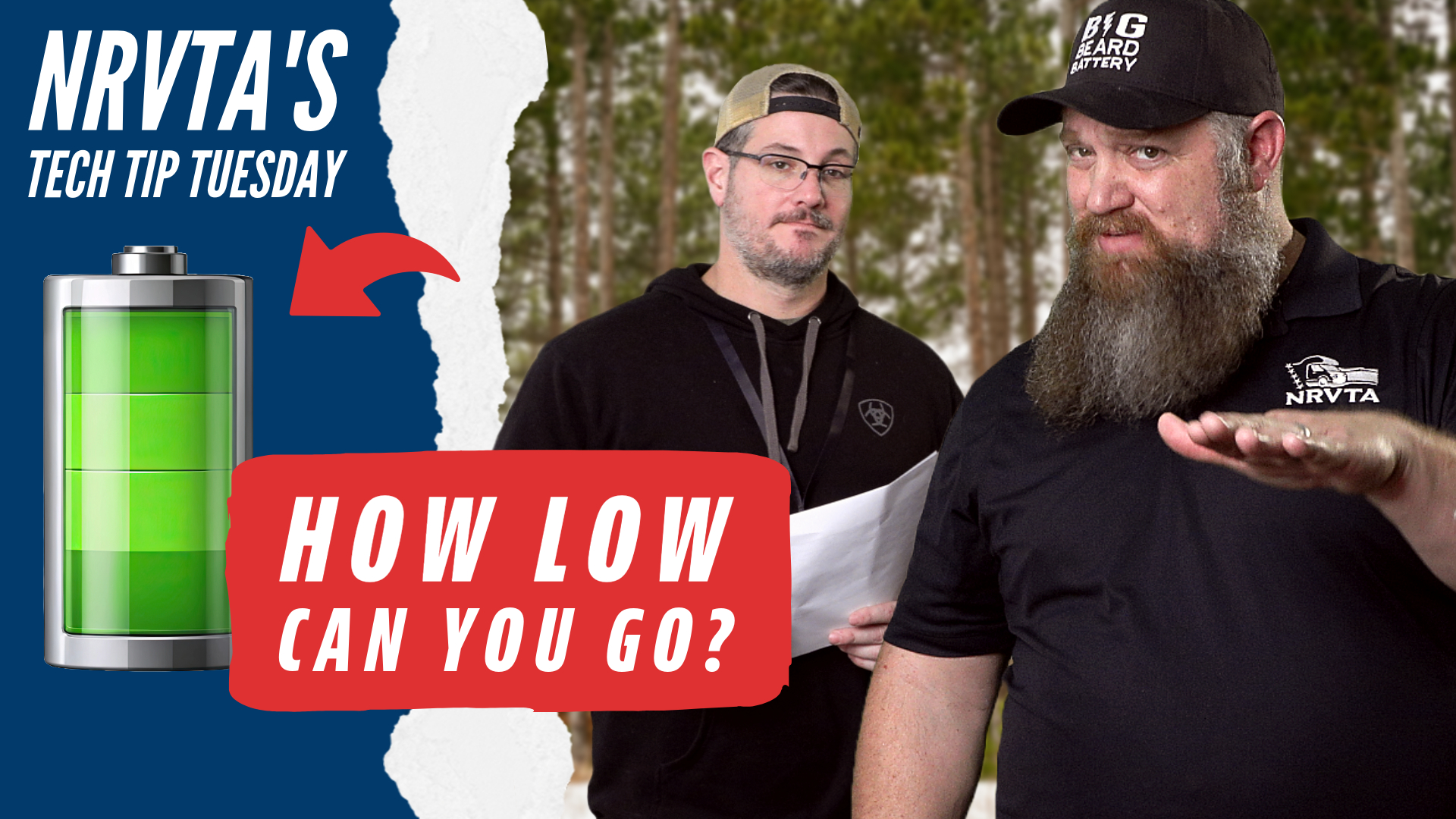Get your RV Technician Certification in as little as 5 weeks!

Welcome to another edition of Tech Tip Tuesday brought to you by the National RV Training Academy—the largest hands-on RV training facility in America. This week, we’re diving into your most pressing RV questions and offering expert advice to keep your RV systems running smoothly.
Should You Replace Plastic Fittings with Brass on Your Water Heater?
Question: A YouTuber suggested replacing the plastic plug and check valve on my water heater with brass fittings. Is this a good idea?
Answer: No, it’s not a good idea. Here’s why:
- Material Compatibility: Most older Atwood or newer Dometic water heaters are made of aluminum. Brass and aluminum do not mix well; they cause corrosion and can seize up over time.
- Warranty Concerns: If you have a newer Dometic water heater, using brass fittings will void your warranty.
- Safety Feature: The factory-installed plastic cap is designed to act as a safety mechanism. If the water pressure exceeds 150 PSI, it will release pressure, preventing damage to your system.
Stick with the factory fittings—they’ve been tested for safety and efficiency.
Treating Gray Water Tanks: What Works?
Question: Is there a good treatment for gray water tanks to break down food and hair before it clogs the system?
Answer: Yes! Many treatments designed for black tanks work just as well for gray tanks. One product we recommend is Liquefied, which has been tested and proven effective for gray tanks.
- How It Works: Liquefied helps break down small food particles, grease, and even hair, preventing clogs.
- Not Just Sanitizing: While most gray tank treatments focus on sanitization, products like Liquefied actively aid in waste breakdown.
Remember, regular maintenance is key to keeping your gray water tank in top shape.
Battery Banks and Starting Your Generator
Question: I have a fifth wheel with 540 amp hours of battery, an Onan 5500 generator, and a Victron system. At what battery percentage can I still start my generator?
Answer: To start your generator, you need sufficient voltage to handle the inrush current (a momentary spike in amperage) during startup. Here’s what you need to know:
- Maximum Depth of Discharge: For most systems, you shouldn’t go below 90% depth of discharge, meaning your battery should still have at least 10% capacity remaining.
- Voltage Considerations: While lithium batteries are often measured in percentage, pay attention to voltage. Your battery should maintain at least 12.2–12.3 volts under no load to ensure it can handle the voltage drop during startup.
- Voltage Drop: During the generator’s initial demand, the voltage will momentarily drop. If it falls below 11.8 volts, you might not have enough power to start the generator.
If your batteries are consistently running low, consider investing in a pull-start generator like the NPS model for added reliability.
Key Takeaways
- Water Heater Maintenance: Stick to the factory-recommended plastic fittings to avoid corrosion and warranty issues.
- Gray Tank Treatment: Use specialized treatments like Liquefied to break down waste and prevent clogs.
- Battery Management: Monitor your voltage and avoid discharging below 10% to ensure your generator starts reliably.
With these tips, you’ll keep your RV systems running smoothly and enjoy stress-free travels. Have more questions? Drop us a line, and we’ll answer them in an upcoming Tech Tip Tuesday.
Get Registered Today!
Talk to a student advisor to learn more!